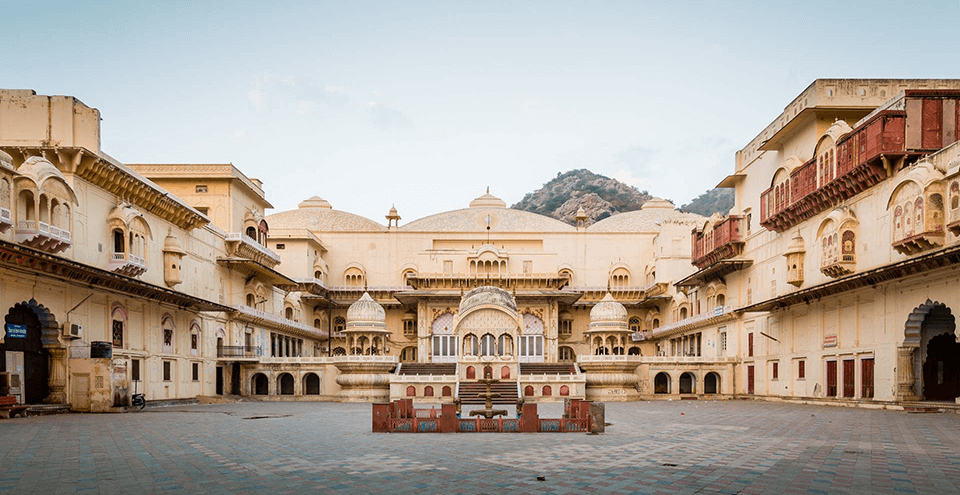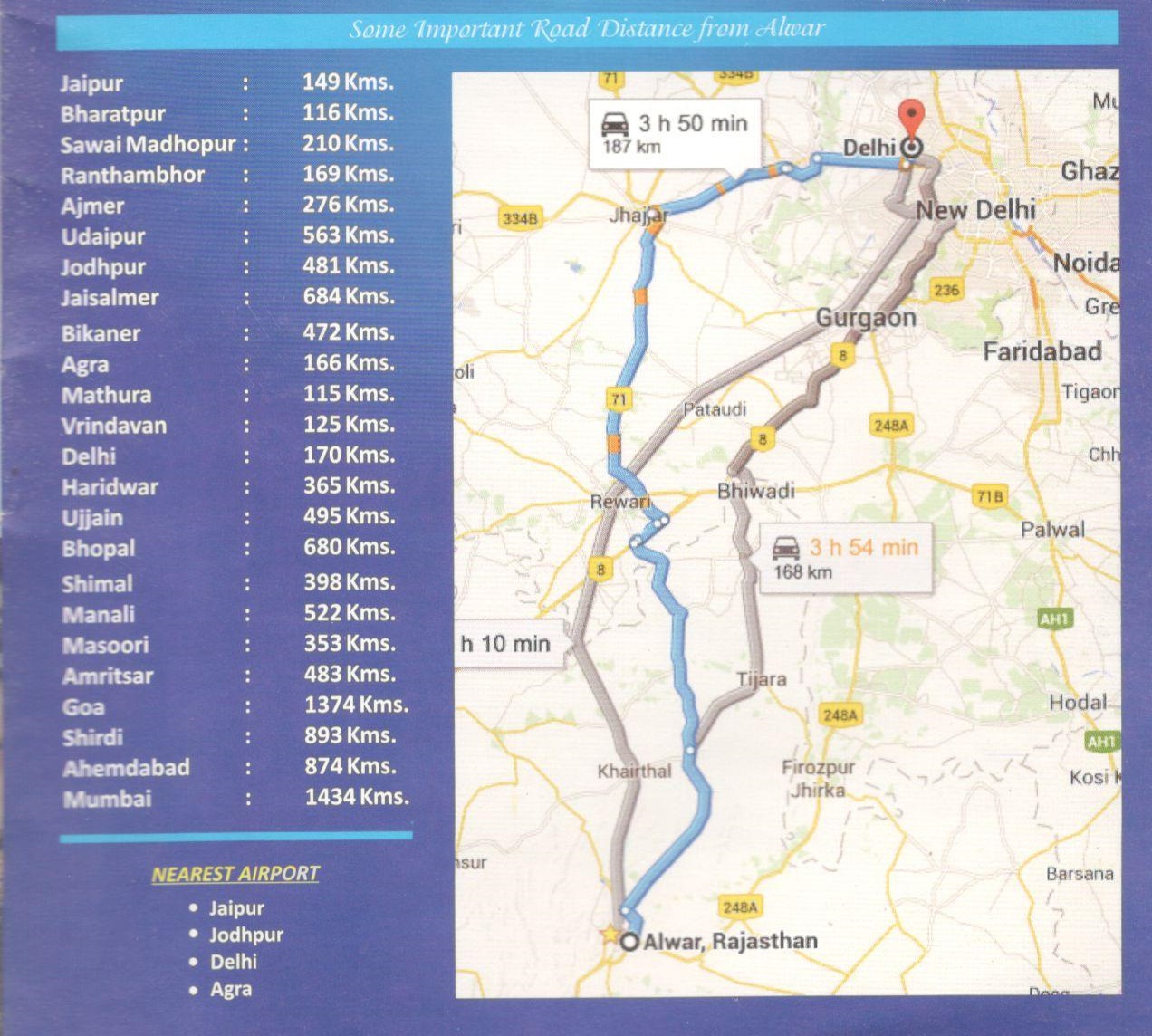ALWAR
GATEWAY CITY OF RAJASTHAN
Alwar is one of the oldest cities in Rajasthan. Paradoxically, the city is also the most recent of the Rajput kingdoms. Its traditions can be traced back to the realms of Viratnagar that flourished here around 1500 BC. Also known as Matasya Desh, this is where the Pandavas, the mighty heroes of the Mahabharata, spent the last years of their 13-year exile.
The journey of the city of Alwar and its origins can be traced back to 1500 BC. Nestled in the lap of the green hills of the Aravalli range, it is home to beautiful palaces and forts from an era long gone. The deep valleys and thick forest cover of the hills are a haven for many species of birds such as grey partridge and white-throated kingfisher and animals, most notably, the Bengal tiger and golden jackal. It is this splendour and exquisite architecture, along with the calm lakes, royal hunting chalets, dense jungles and a socio-cultural environment unlike any other that makes Alwar a traveller’s delight.
ATTRACTIONS & PLACES TO VISIT AND EXPLORE IN ALWAR
BALA QILA
The Bala Qila (young fort) was built on the foundations of a 10th century mud fort and is a towering structure set atop a hill. Strong fortifications, graceful marble columns and delicate latticed balconies make up the fort. Bala Qila can be entered through six gates, namely Jai Pol, Suraj Pol, Laxman Pol, Chand Pol, Krishan Pol and Andheri Gate. It is presently accessible by road through Pratap Bandh forest entry leading to Jaipol. (Bala quila Alwar main fort complex is closed for visitors till further orders due to renovation work)
ALWAR CITY PALACE
Built in 1793 AD by Raja Bakhtawar Singh, the City Palace is an amazing mélange of the Rajputana and Islamic styles of architecture. The highlight of this palace are graceful marble pavilions set on lotus flower bases in the central courtyard. The palace that once belonged to the Maharaja has been converted into the District Collectorate. Its grand halls and chambers now house government offices.
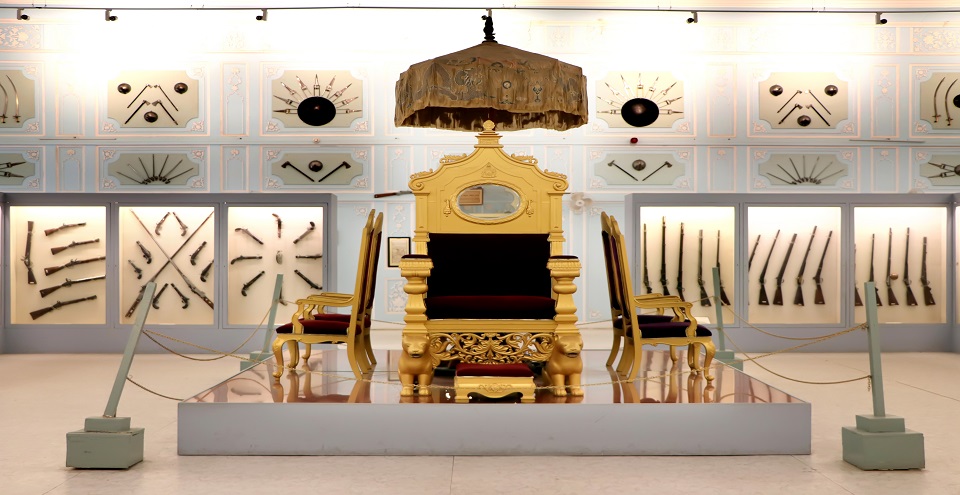
GOVT. MUSEUM
The Government Museum is a must-visit for anyone with an interest in the opulent life and lifestyle led by the Maharajas of Alwar. Rare manuscripts, including one depicting Emperor Babur’s life, Ragamala paintings and miniatures and extensive display of armory are exhibited in three large halls.
MOOSI MAHARANI KI CHHATRI
This cenotaph, built in the memory of Maharaja Bakhtawar Singh and his queen, Rani Moosi, reflects the Indo-Islamic style of architecture. The upper portion comprising columned pavilions and domed arches is made of marble while the lower section consists of pillars in red sandstone. Mythological and court scene painting and sculptures adorn the ceiling. An artificial lake Sagar is situated nearby, it has distinct pattern of stairs and towers in perfect symmetry.
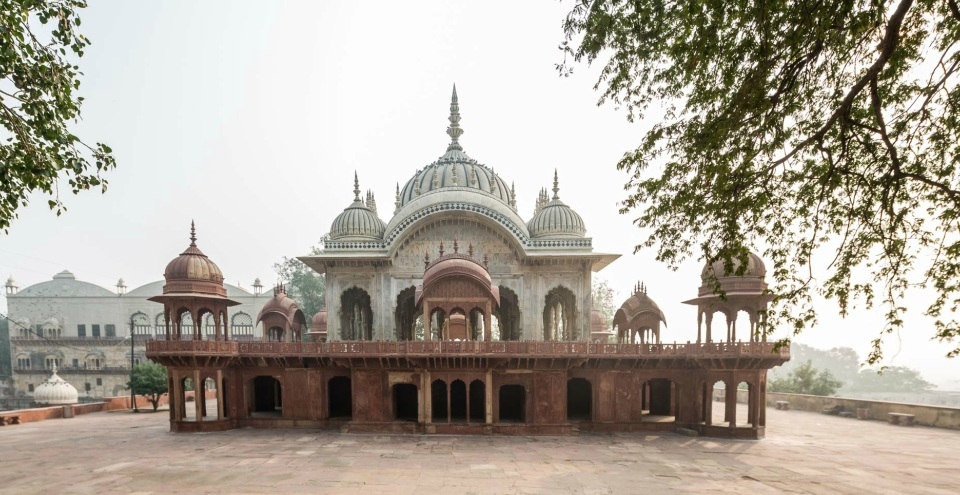
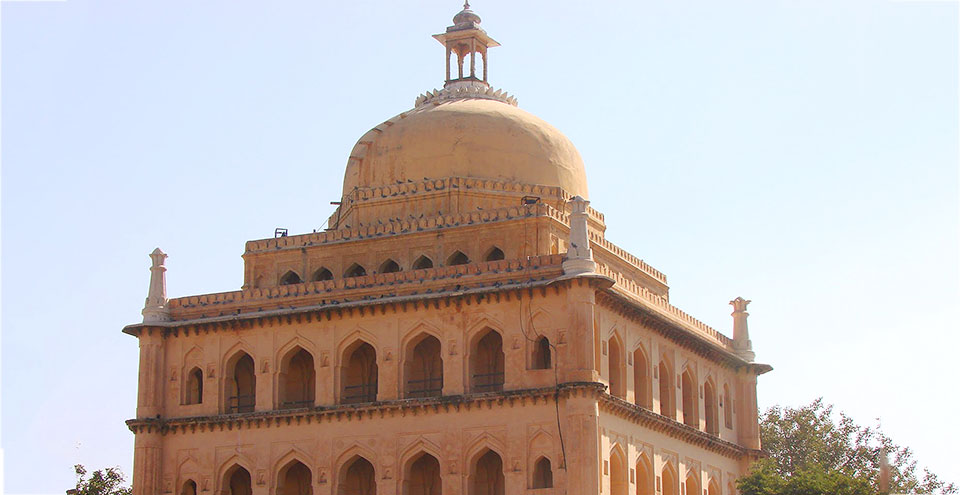
FATEH JUNG GUMBAD
This spectacular tomb, which is a combination of domes and minarets is an artistic marvel. Constructed from high quality sandstone, its massive dome can be seen from afar and is a blend of Hindu and Muslim architecture. It is dedicated to Fateh Jung who was a kind-hearted minister of the Mughal Emperor, Shah Jahan.
PURJAN VIHAR
One has Maharaja Sheodan Singh to thank for this attractive garden that was conceptualised and constructed in 1868. A picturesque place, locally known as Simla (the Summer House) was added to this garden to provide respite from the blazing sun.
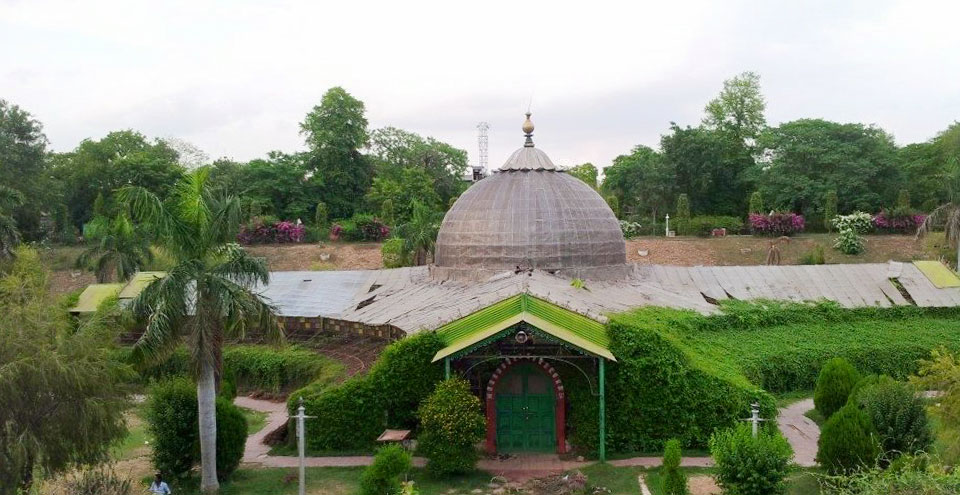
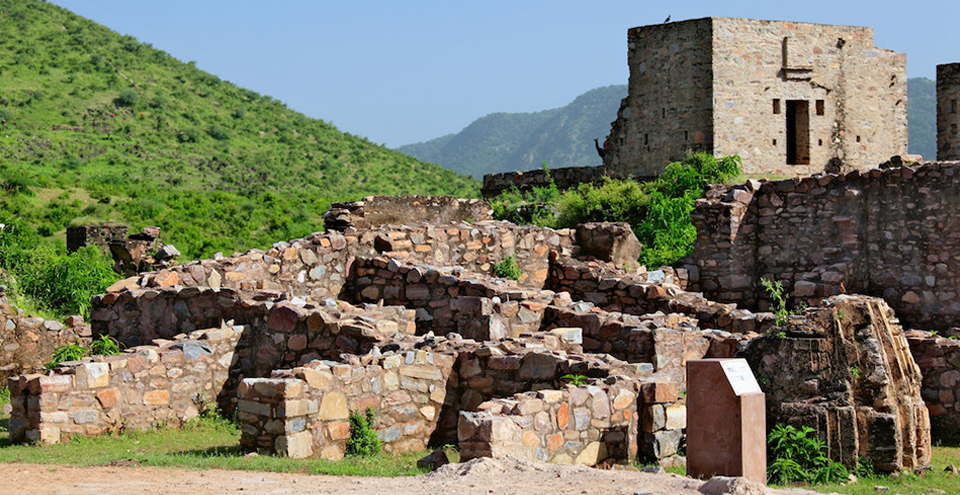
BHANGARH
Fifty kilometres from Sariska Sanctuary is the splendid town of Bhangarh which was built in the 17th century by Raja Madho Singh. The most popular legend states that the town was cursed by an evil magician and was subsequently abandoned. The evil effect of the curse is believed to be working even to this day. In fact, Bhangarh holds the distinction of being one of the most haunted places in India.
GARBHAJI WATER FALLS
Garbhaji Falls is a popular destination for foreign and local tourists. The breathtaking sight of the water cascading off the rocks is the best feature of the place. Ideal for photographers and nature lovers, it is also popular with people who love to explore a city beyond its man-made structures.
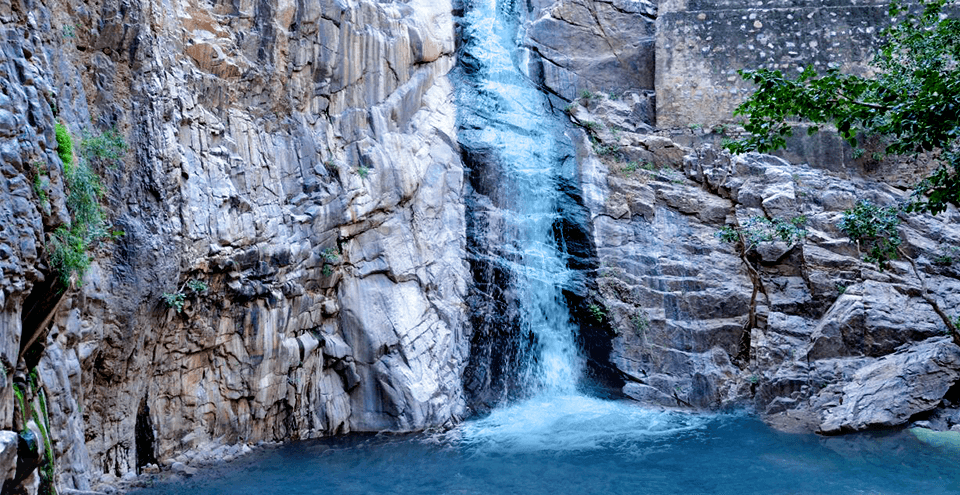

PANDU POL
A trail through the Sariska Sanctuary gate leads to this temple dedicated to Lord Hanuman. At the Pandu Pol or Pandu gate, gushes a spring that appears to magically cascade down from the hard and compact rocks. Legend has it that the Pandava brothers took refuge here during their exile.
NEEMRANA FORT
History says that Neemrana Fort was built by the Yaduvanshis, believed to be the descendants of Lord Krishna. Its story is rife with conquests and defeats and it has passed from the Rajputs to the Mughals and the Jats, before finally coming back to the Rajputs in 1775. Today, it is being run as a famous heritage hotel.
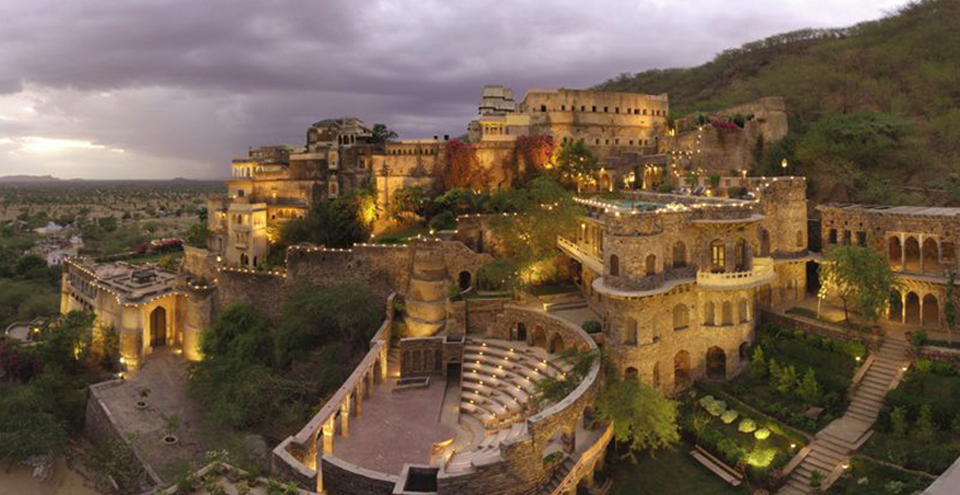
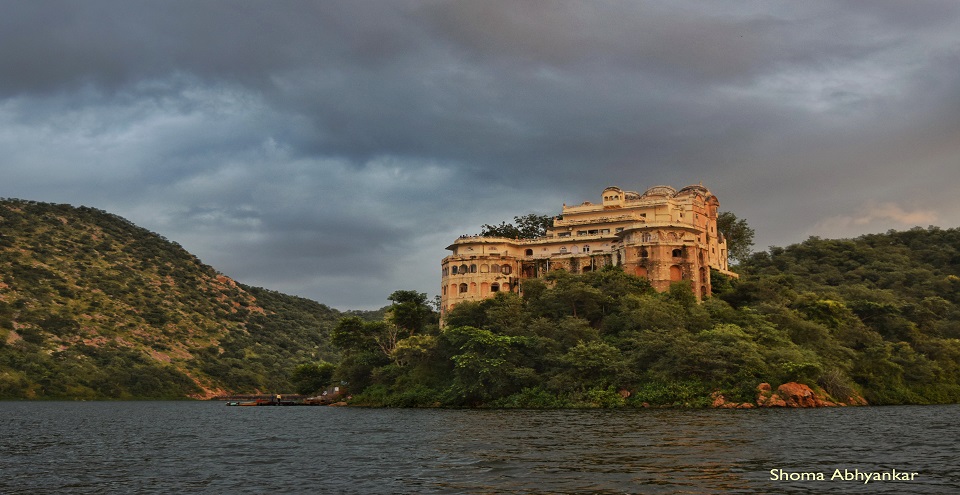
SILISERH LAKE
Located 15 kilometres to the southwest of Alwar, this tranquil lake is nestled amidst forested hills and wooded hills. In 1845, Maharaja Vinay Singh constructed a hunting palace here for his Queen, Shila. It has been converted into RTDC hotel. Visitors can enjoy boating in the lake. Winter water birds and sun bathing crocodiles is a visual retreat during winter season at Siliserh.
SARISKA TIGER RESERVE
Sariska Tiger Reserve, the first tiger reserve in the world to have successfully relocated tigers, is just 200 kilometres from Delhi and 107 kilometres from Jaipur. It was declared a sanctuary in 1955 and became a National Park in 1979. Know More
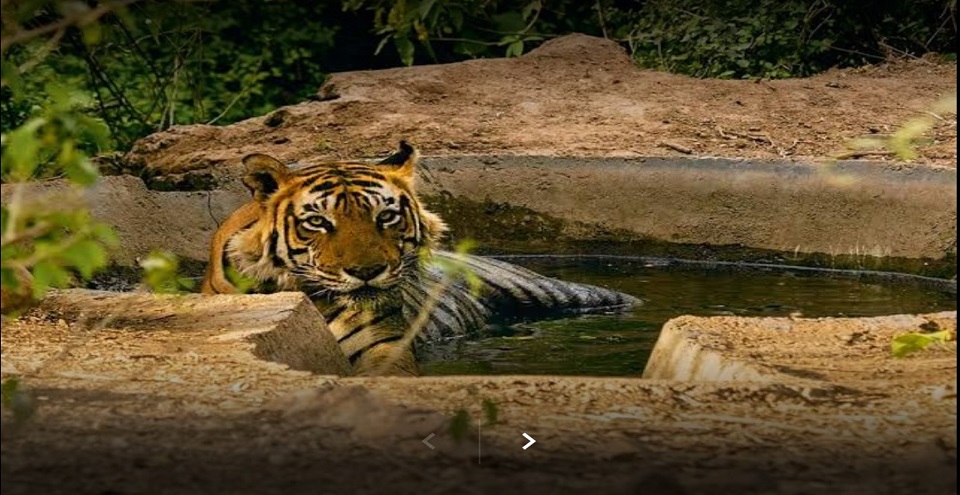
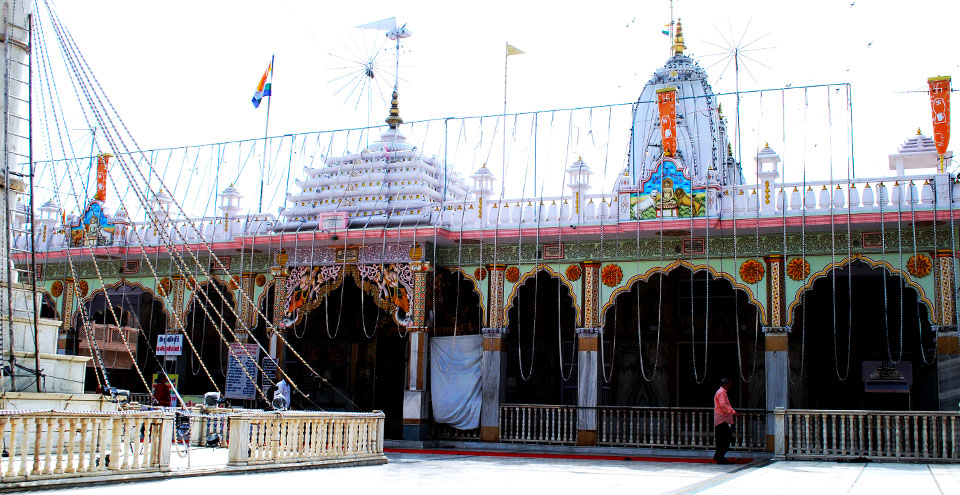
TIJARA JAIN TEMPLE
About 60 kilometres from the Alwar-Delhi route lies this important centre of Jain pilgrimage. The exquisitely decorated ancient temple was built to commemorate the eighth Tirthankar, Shri Chandra Prabha Bhagwan. The son of King Mahasen and Queen Sulakshana, he ruled his kingdom for several years before receiving Diksha and being initiated. After serving mankind for several years, he meditated for a month and attained Nirvana. Know More
MOTI DOONGRI
Moti Doongri was originally built in the year 1882. Till the year 1928, it was the main residence of the royal family of Alwar. After 1928, Maharaja Jai Singh decided to demolish the old palace and later built a more magnificent one in its place. Presently it has beautiful garden and view points for the city.



